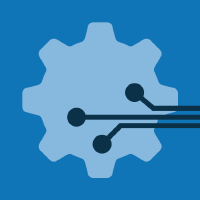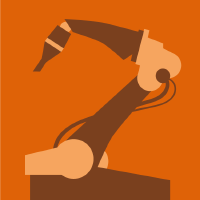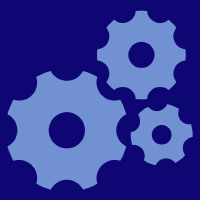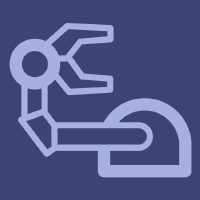Topic Menu
► Topic MenuTopic Editors

Robotics and Automation in Smart Manufacturing Systems
Topic Information
Dear Colleagues,
The advances in information and communication technologies (ICT) have dramatically transformed the manufacturing processes and robotics. The key enabling technologies include artificial intelligence, Big Data, 5G, internet of things, edge and cloud computing, augmented reality (AR), virtual reality (VR), cybersecurity, and blockchain. This Special Issue aims to publish state-of-the-art research papers and survey articles to present innovative systems, methodologies, and trends on industrial robotic and automation technologies, with a focus on the integration of robotic and automation technologies with the advanced information and communication technologies.
Dr. Yuansong Qiao
Dr. Seamus Gordon
Topic Editors
Keywords
- AI for robotics and automation
- AR/VR for robotics and automation
- Blockchain for robotics and automation
- Edge and cloud computing for robotics and automation
- Industrial internet of things for robotics and automation
- Networking technologies for robotics and automation
- Robotic vision and sensory data processing
- Swarm robotics
- Human–robot interaction
- Cooperative robots
- Mobile robots
- Robotic and automation applications
Participating Journals
| Journal Name | Impact Factor | CiteScore | Launched Year | First Decision (median) | APC |
|---|---|---|---|---|---|

Automation
|
- | - | 2020 | 26.3 Days | CHF 1000 |

Journal of Manufacturing and Materials Processing
|
3.2 | 5.5 | 2017 | 14.2 Days | CHF 1800 |

Machines
|
2.6 | 2.1 | 2013 | 15.6 Days | CHF 2400 |

Robotics
|
3.7 | 5.9 | 2012 | 17.3 Days | CHF 1800 |

Sensors
|
3.9 | 6.8 | 2001 | 17 Days | CHF 2600 |

MDPI Topics is cooperating with Preprints.org and has built a direct connection between MDPI journals and Preprints.org. Authors are encouraged to enjoy the benefits by posting a preprint at Preprints.org prior to publication:
- Immediately share your ideas ahead of publication and establish your research priority;
- Protect your idea from being stolen with this time-stamped preprint article;
- Enhance the exposure and impact of your research;
- Receive feedback from your peers in advance;
- Have it indexed in Web of Science (Preprint Citation Index), Google Scholar, Crossref, SHARE, PrePubMed, Scilit and Europe PMC.


